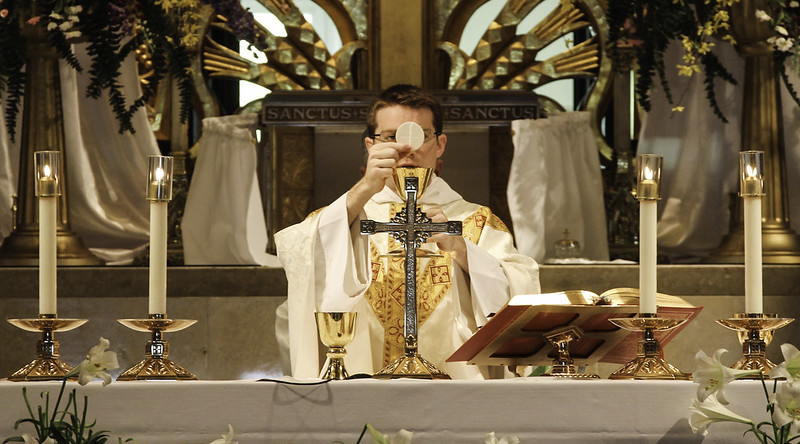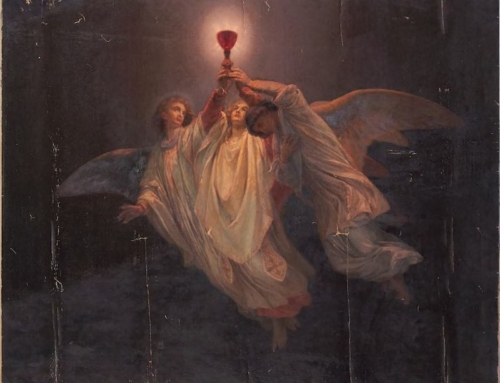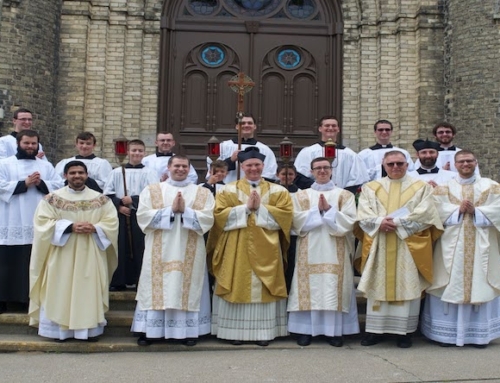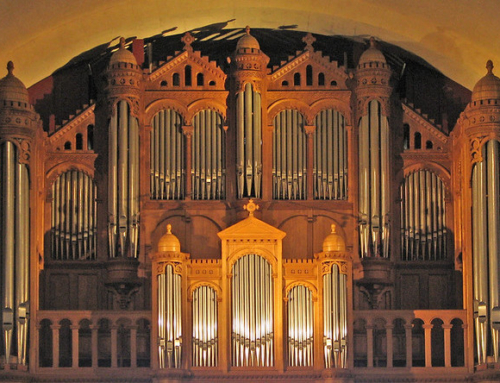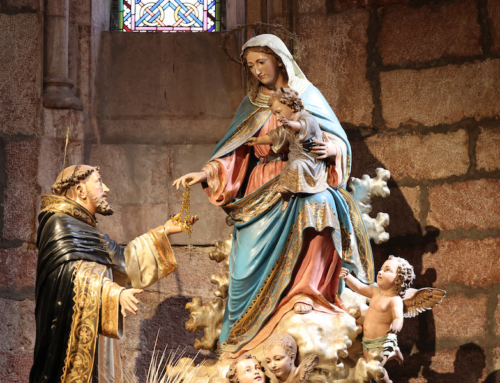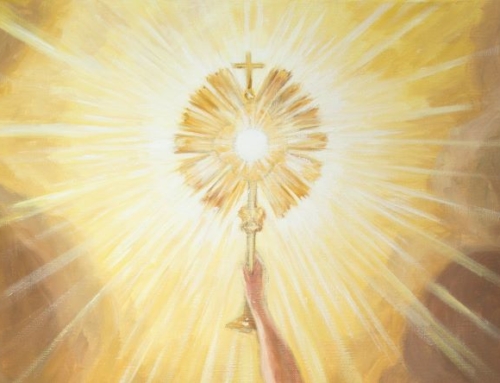2023 Summer Reading Recommendations:
What Happens at Mass by Abbot Jeremy Driscoll
It is a mark of God’s generosity that he allows us to benefit from certain things regardless of how well we understand their workings. In other words, God lets us drive his car even if we know nothing about automotive engineering. God can save us, even when we don’t fully understand how he’s working.
And yet, at the same time, it is a basic truth that the more we understand something, the more we can appreciate it. Think of your favorite hobby, your favorite book, your favorite person: each time you learn something new about them, you can appreciate them, love them, and be formed by them a little more deeply.
In his brief book, What Happens at Mass, Benedictine Abbot Jeremy Driscoll offers readers a resource for growing in deeper understanding of the greatest liturgical act: the Mass. His goal is to break open the Mass in an accessible manner, drawing the faithful further into its mystery, so as to foster a fuller reception of its fruit.
Beginning with his introduction, he discusses the meaning of the word, “mystery.” He remarks that a mystery is “a concrete something that when you bump into it, it puts you into contact with a divine reality” (3). This simple explanation helps us to see why the sacraments are mysteries: they are concrete somethings through which we are put into contact with divine realities. The Eucharist, as the sacrament par excellence, is something extremely concrete—food and drink that we ingest—through which we receive the greatest spiritual benefit: everlasting life.
More broadly, we can see why the forms and rituals of the sacraments are so important: we encounter the divine through mystery; we are saved through the concrete. Not only eating and drinking, but standing, kneeling, carrying incense, and lighting candles (and many other concrete objects and actions) get taken up into our worship of God. As Driscoll puts it: “paradoxically, to go more deeply into the meaning of the Mass, we must also always remain on the surface, never leaving behind its actual forms, for the very forms themselves—the bread, the wine, the movements of the people—become completely imbued with significance, with divine life itself. This is the sacramental perspective” (6, italics original).
After his introductory remarks, Driscoll walks the reader through the ritual parts of the Mass, step-by-step. They are the concrete somethings through which grace is mediated to us. He unpacks each element, both those that get more attention (such as the Gloria) and those that are prone to being overlooked (such as the simple three-section dialogue after the Offertory). He explains things at the surface level (why do we call the beginning of the Eucharist Prayer the “preface”?), unpacks their structure (what is the standard form of the opening prayer?), and elaborates their symbolism (why is it important that man-made objects, bread and wine, are used instead of purely natural objects?).
Throughout, Abbot Driscoll emphasizes the two-fold movement of Mass—and, indeed, the twofold movement of creation and redemption—namely, the movement of God toward us and of ourselves toward God. The central hingepoint in both these movements is Christ: “What God says to the world is His Son, Christ. What the world says back to God is also Christ, the Word made flesh” (30). In the Mass, through the instrumentality of the priest conformed to Christ, the Christian faithful are able to receive Christ and thus in him, through him, and with him, to offer themselves back to the Father in loving worship. This is the meaning of Mass.
As he expresses it, Abbot Driscoll hopes to offer in this book, “a non-academic book for any Catholic interested simply in understanding the Mass better” (v). He succeeds admirably. In neither watering down the weight of the ritual, nor belaboring its explanations, Driscoll’s book is perfect for those who wish to love the Mass better through knowing the Mass better.
✠
Photo by Fr. Lawrence Lew, O.P. (used with permission)

